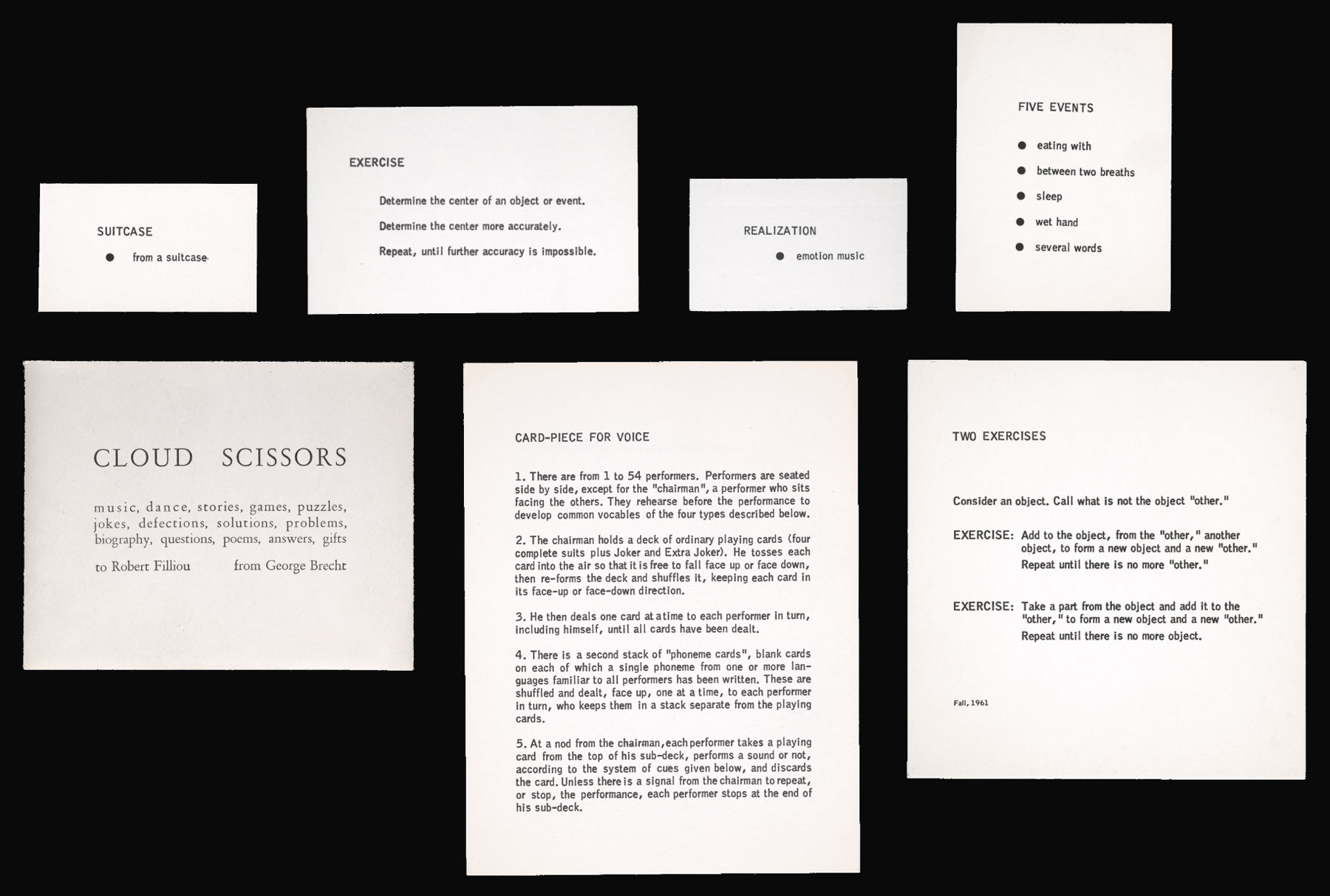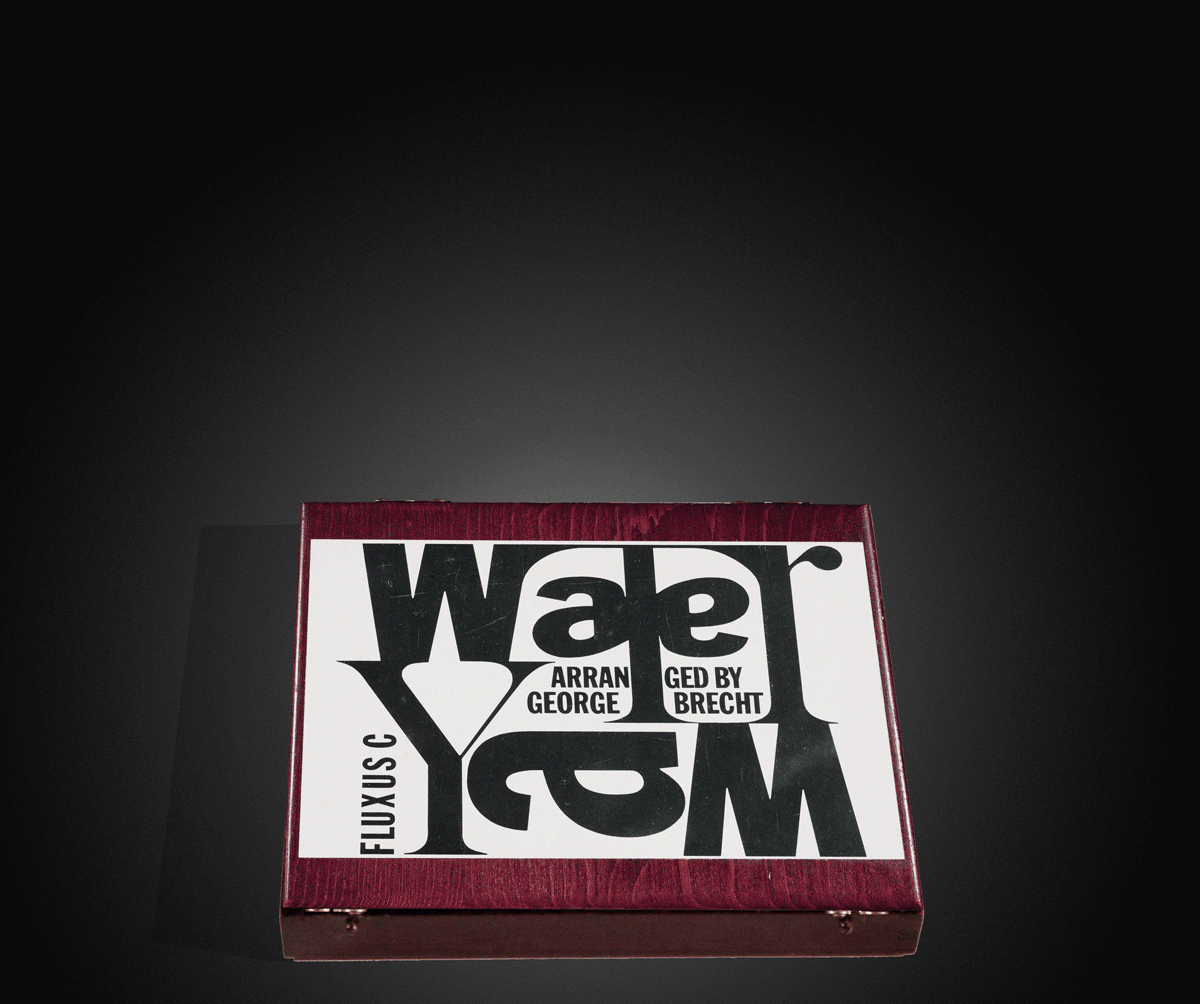Cite this Page
Lorem ipsum dolor sic amet.
Water Yam Deluxe Box
Some intro text goes here, consectetur adipiscing elit. Nam imperdiet lacinia viverra. In semper venenatis odio, vel vestibulum augue malesuada ut. In eget sodales erat, a laoreet augue. Praesent suscipit bibendum sem eget ullamcorper. Maecenas sagittis odio augue, luctus condimentum ipsum laoreet ullamcorper. Aenean et est ac magna dignissim pretium nec vel est. Quisque eget enim pellentesque, eleifend purus et, malesuada arcu. Nunc a ultricies tellus, sed commodo augue. Fusce sed est ut orci ultrices rutrum id ut mauris. Phasellus mattis arcu nec gravida tincidunt. In hac habitasse platea dictumst. Donec at bibendum leo. Nullam tempus ante vulputate porta vulputate. Duis sodales risus nisi, et aliquam leo dignissim eu. Sed sem arcu, euismod id magna vel, imperdiet placerat neque.
Commentary
Natilee Harren
In 1959, in the wake of nearly a decade of experimentation with new forms of musical notation by composers in Western Europe and the United States, the American visual artist George Brecht began to develop a genre of text-based performance instruction he called the event score. Having turned his creative energies away from Abstract Expressionist painting and his intellectual focus from Jackson Pollock to John Cage, Brecht joined Cage’s experimental composition course at the New School for Social Research in the summers of 1958 and 1959. His notebooks from the time, selections of which are included in the Archive section of this chapter, provide an illuminating chronicle of this period. In the first pages of his notebook from the summer 1958 class, Brecht records Cage’s description of “Events in sound-space,” positing at the course’s outset an expanded field of music inclusive of all manner of multisensorial phenomena. With this definition in place, Cage’s class became an important crucible for emergent intermedia practices. There, new musical thinking was further developed by a younger generation of composers, poets, and visual artists including Brecht, Allan Kaprow, Jackson Mac Low, Al Hansen, Dick Higgins, Toshi Ichiyanagi, Richard Maxfield, and Yoko Ono. Honed under Cage’s influence, Brecht’s event score became a major genre within Fluxus, the international artist collective founded in 1962 by George Maciunas, and with which Brecht aligned himself. Brecht’s scores were frequently included in Fluxus concerts, and hundreds of Fluxus scores were written after his model. While particularly influential and broadly circulated, Brecht’s scores were not singular. La Monte Young and Yoko Ono also composed text scores beginning in the early 1960s. Because of its incredible flexibility and potential for transmission across disciplines and practices, the event score has remained a useful format for myriad conceptual, performative, and process-oriented practices from the 1960s to the present.
Playback
Archive
- George Brecht’s Early Notes and the Development of the Event Score, 1958-1961
Pages from George Brecht’s Notebook (2)
Group: 3 items
Pages from George Brecht’s Notebook (3)
Group: 5 items
George Brecht “EVENTS: scores and other occurrences” p2
George Brecht letter to Village Voice Editor Daniel Wolf, February 9, 1960
Kulchur 3 (1961)
2: Proto-Fluxus Concerts in New York, 1960-1962
Concert of New Music at The Living Theatre, March 14, 1960
Group: 2 items
A Program of Happenings Events and Situations
Group: 2 items
The Living Theatre concert program January 8, 1962
International Reception: Correspondence with John Cage, David Tudor, and Toshi Ichiyanagi, 1960-1963
David Tudor concert at Mary Bauermeister’s atelier, Cologne, Germany, June 15, 1960
Group: 8 items
George Brecht, letter to David Tudor, July 11, 1961 and cover page for item labeled George Brecht, letter and scores sent to David Tudor, 1961-1963
Group: 16 items
David Tudor, notes on George Brecht event scores
Group: 2 items
John Cage, letter to George Brecht, May 27, 1960
Toshi Ichiyanagi, letter to George Brecht, July 2, 1961
Fluxus Concerts and Related Correspondence, 1962-1965
Dick Higgins performs George Brecht’s Drip Music (Drip Event) in Copenhagen, November 1962
Group: 1 items
George Maciunas and others perform Drip Music (Drip Event) at the Kunstakademie Dusseldorf, February 1963
Group: 2 items
George Maciunas, Ekstra Bladet/Politken, 1963, collage of early Fluxus concert reviews
Group: 4 items
George Brecht performs his event score Drip Music (Drip Event) at Rutgers University, April 1963
Group: 2 items
George Brecht and Robert Watts, Lantern Extract envelope and scores sent to MC Richards
Group: 3 items
George Maciunas, correspondence with George Brecht, c. January 1963
Group: 6 items
George Brecht, letter to Jill Johnston, c. 1963
Group: 3 items
George Brecht, letter to M.C. Richards, July 1963

